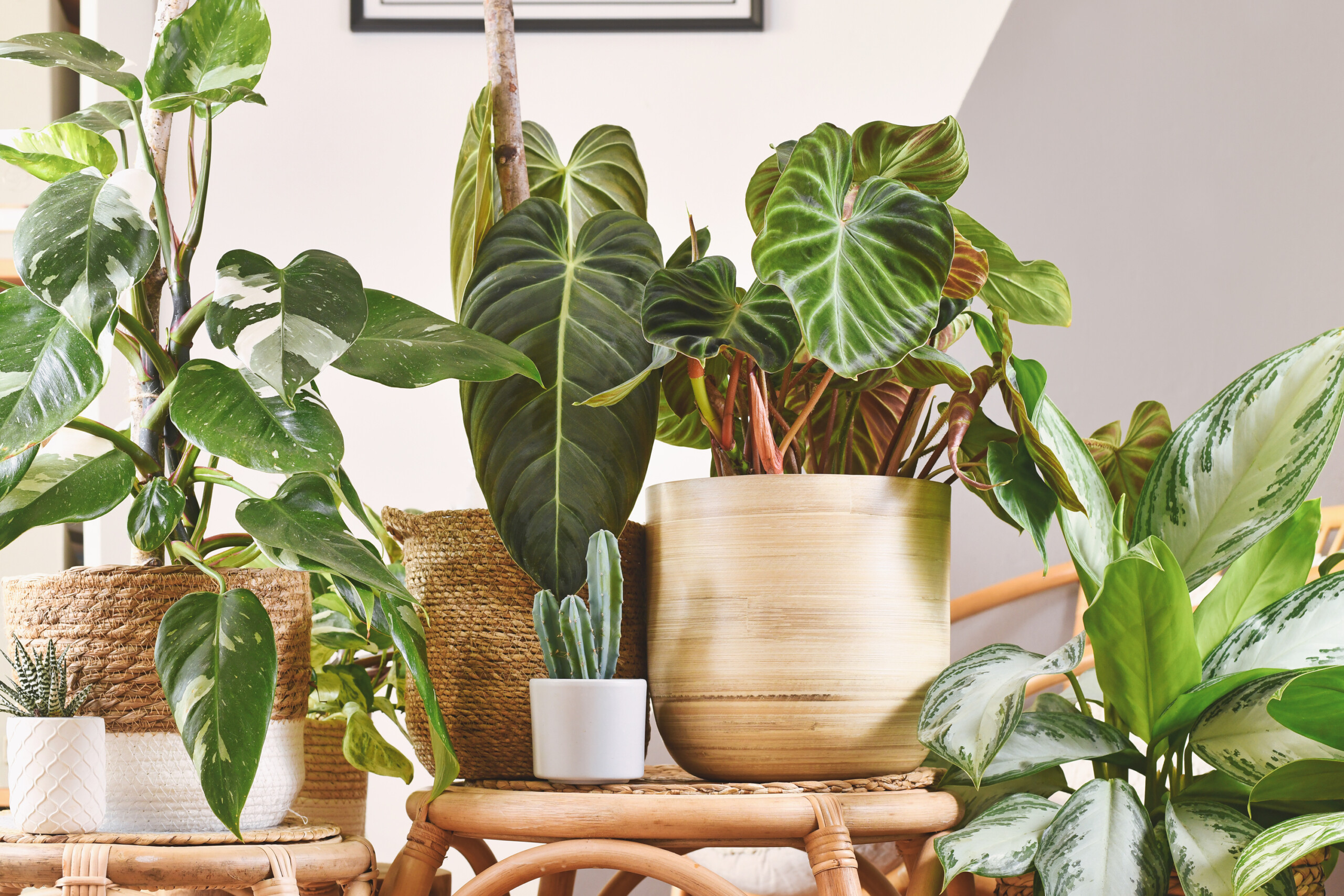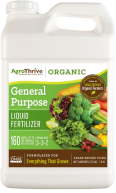How to make an effective soil mix for your houseplants?

For those delving into the world of houseplants, the realization quickly dawns that success often hinges on the quality of potting soil. As seasoned growers know, commercial soil mixes tailored for specific plant types are available but can be costly and hard to find locally, though often accessible online. Yet, with some know-how and effort, creating your own soil mixes is feasible and rewarding.
Tiffany Selvey, Garden Editor at House Digest and a certified Master Gardener, notes the diversity of indoor gardening challenges. “Our homes may offer stable environmental conditions, but the soil needs of our houseplants vary greatly. From tropical to desert native plants, understanding and replicating their native soil conditions is key to their health.”
Custom soil mixes not only cater to the specific needs of each plant type, ensuring proper drainage and nutrient availability but also allow gardeners to tailor components to their plants’ environmental preferences. Some plants thrive in sandy soils, while others prefer a loamy substrate. Achieving the right balance often means mimicking the plant’s natural habitat.
Components of effective soil mixes

A standard potting mix typically includes soil enhanced with lightweight materials like perlite and vermiculite, which improve drainage and airflow—critical for healthy roots. Perlite, a form of volcanic glass, enhances soil texture and drainage without adding nutrients. Vermiculite, on the other hand, not only aids in moisture retention but also contributes minerals to the soil, making it ideal for plants requiring moist, nutrient-rich conditions.
Other materials commonly found in potting mixes include peat moss, sand, compost, coco coir, worm castings, rice hulls, and shredded pine bark, each serving specific functions from improving soil acidity to enhancing texture and fertility.
Tailored mixes for popular houseplants

For the Monstera deliciosa, or Swiss cheese plant, a tropical species, an effective DIY mix would include peat-based houseplant soil, shredded pine bark to adjust acidity, and perlite for improved drainage. This combination ensures the moist, well-draining conditions favored by the plant.
Aloe vera, adapted to arid conditions, thrives in a mix of all-purpose potting soil, perlite or vermiculite, and coarse sand, replicating its native desert soil. Unlike many plants, aloe vera does not benefit from added fertilizers, which are often included in commercial succulent mixes.
The spider plant, an adaptable and easy-to-grow choice, prefers a loamy soil with neutral pH. A mix of all-purpose potting soil, perlite, and coco coir, which neutralizes the slight acidity of peat moss, creates an ideal environment for this plant.
For houseplant enthusiasts, creating custom soil mixes not only offers a cost-effective alternative to commercial products but also enhances the gardening experience by allowing a deeper connection with the care of their plants.







Discussion0 comments